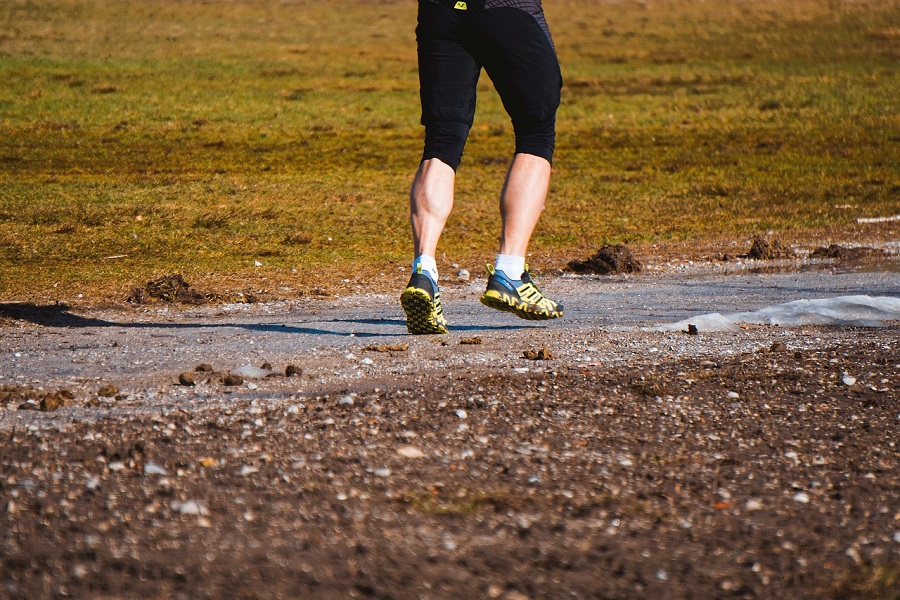12 Tips for Developing Stubborn Calf Muscles
Developing stubborn calf muscles can be a challenging task for many fitness enthusiasts. Calves are often considered one of the most difficult muscle groups to grow, primarily due to their high endurance capacity and genetic factors. However, with the right strategies, consistency, and dedication, you can achieve significant improvements. Here are some comprehensive tips to help you build those stubborn calf muscles.
1. Understanding the Calf Muscles
Before diving into exercises and routines, it’s essential to understand the anatomy of the calves. The calf comprises two main muscles:
Gastrocnemius: This is the larger, two-headed muscle visible on the back of the leg. It is responsible for the bulk of the calf’s shape and is activated during movements involving knee flexion.
Soleus: Located beneath the gastrocnemius, this muscle is engaged more during exercises performed with a bent knee, such as seated calf raises.
Both muscles need to be targeted to achieve balanced and comprehensive calf development.
2. Prioritise Calf Training
Calves often get overlooked or relegated to the end of a workout when energy levels are low. To make significant progress, prioritise your calf training. Consider starting your workout with calf exercises or dedicate specific days to focus solely on calves.
3. Increase Training Frequency
Given their endurance nature, calves can handle more frequent training compared to other muscle groups. Aim to train your calves at least 2-3 times per week. This increased frequency will provide the consistent stimulus needed for growth.
4. Utilise Progressive Overload
Progressive overload is crucial for muscle growth. Gradually increase the weight you use for calf exercises to continually challenge your muscles. Ensure you track your weights and reps to monitor your progress over time.
5. Vary Your Exercises
Incorporate a variety of exercises to target both the gastrocnemius and soleus effectively. Some excellent calf exercises include:
Standing Calf Raises: Great for targeting the gastrocnemius. Perform these with a barbell, dumbbells, or on a machine.
Seated Calf Raises: Focuses on the soleus. Using a seated calf raise machine is optimal for this exercise.
Donkey Calf Raises: This old-school exercise targets both calf muscles and allows for a significant range of motion.
Single-Leg Calf Raises: Helps in correcting imbalances and ensuring both calves are equally developed.
6. Focus on Range of Motion
A full range of motion is critical for maximising calf development. Ensure that you lower your heel as far as possible during the eccentric phase and rise onto the balls of your feet as high as you can during the concentric phase. This ensures maximum muscle fibre recruitment.
7. Adjust Rep Ranges and Tempo
Calves respond well to a mix of high and low rep ranges. Incorporate sets with 6-8 reps to build strength and sets with 15-20 reps for endurance and hypertrophy. Additionally, experiment with different tempos; slow, controlled movements can increase time under tension, while explosive movements can improve power and muscle activation.
8. Pay Attention to Foot Position
Slight variations in foot positioning can help target different parts of the calf muscles. For example, pointing your toes inward emphasises the outer part of the calf, while pointing them outward targets the inner part. Neutral foot positioning will provide overall development.
9. Stretch and Recover
Adequate stretching and recovery are essential for muscle growth. Incorporate calf stretches into your routine to improve flexibility and reduce the risk of injury. Additionally, ensure you get enough rest between intense calf workouts to allow for proper recovery and growth.
10. Nutrition and Hydration
Proper nutrition plays a critical role in muscle development. Ensure you consume enough protein to support muscle repair and growth. Carbohydrates are also essential for providing the energy needed for intense workouts. Additionally, stay hydrated to maintain muscle function and recovery.
11. Be Patient and Consistent
Building stubborn calves requires patience and consistency. Results won’t come overnight, but with a committed approach and adherence to these tips, you will see improvements over time. Celebrate small victories and keep pushing towards your goals.
12. Show Them the Whole Thing
As Arnold Schwarzenegger famously said, “show dem, show dem de whole thing!” In his early days of bodybuilding, Arnie was ashamed of his skinny calf muscles and he hid them by wearing long tracksuit bottoms – out of sight, out of mind! A conversation with Reg Park would change all of that and Park told Arnie to wear shorts, so that everybody could see his calves! The thinking behind this was that every time Arnold saw his skinny calves in the mirror, he would become even more determined to do something about them. The rest is history and Arnold soon developed massive calves.
Summary
Developing stubborn calf muscles requires a multifaceted approach involving prioritisation, varied exercises, progressive overload, and proper recovery. By incorporating these strategies into your fitness routine, you can overcome the challenges of building your calves and achieve balanced, strong, and well-defined lower legs.
The article: ‘Developing stubborn calf muscles’ was written and published by Bill Jones Mr Universe on Sunday 16th June 2024 at 18:00 and is subject to copyright. All rights are reserved.
The short video below talks about developing stubborn calf muscles. You may also want to check out my personal website (opens in a new tab).
